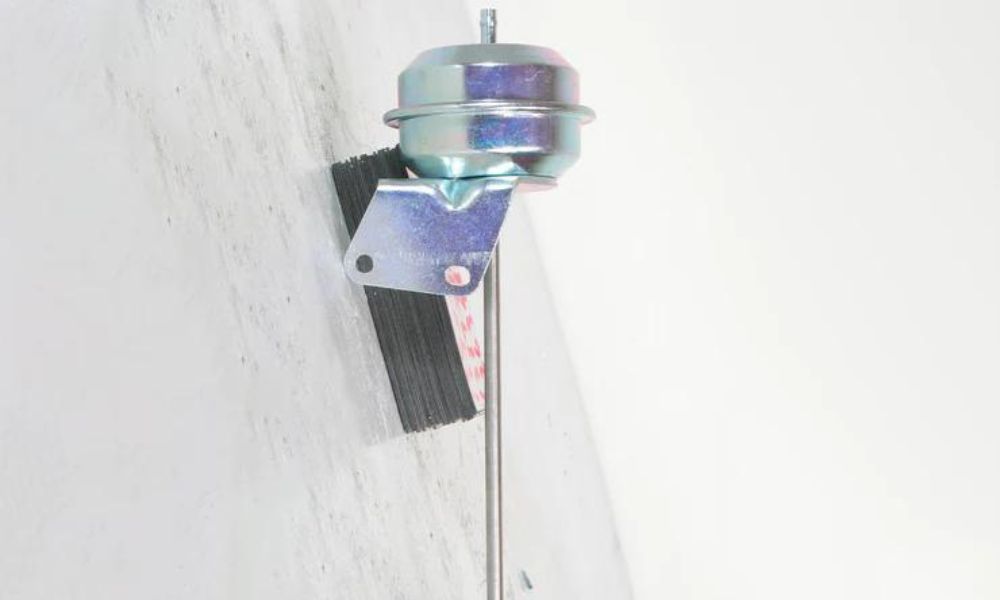
5 Steps to Choosing the Right Actuator Size
Share

While many people place importance on the right type of actuator for your turbo, the size is just as important. Choosing the right actuator size for a turbocharger may sound like a technical topic, but getting this critical component wrong may cost performance and fuel efficiency. Learn more about finding the best actuator size for your turbo.
Step 1: Understanding Actuator Basics
At the heart of the turbo system lies the wastegate actuator that manages boost pressure. The actuator size directly impacts how quickly and effectively the wastegate opens and regulates this pressure.
The size is typically measured in terms of the diaphragm diameter and the length of the actuator rod. A large diameter and short actuator rod generally allow quicker response times, which is critical for high-performance engines.
An actuator that’s too small struggles to manage boost in high-output engines, leading to creep or spikes. Both instances are dangerous, causing unpredictable power delivery and increasing the risk of engine damage.
On the other hand, an overly large actuator may lead to under-boost, which limits power in low-rev ranges. The actuator must be “just right” for your turbo setup.
Step 2: Assessing Turbocharger Requirements
Turbocharger specifications vary dramatically, depending on the engine size and intended use of the component. If you’re replacing an OEM turbo, your first step is to match the actuator size to the manufacturer’s specifications. However, if you’re starting from scratch or upgrading, consider the horsepower and boost levels you aim to achieve.
The flow capacity of your turbo is another important consideration. Pairing incompatible actuators and turbos can lead to numerous performance issues that lower the boosts or create uncontrolled bursts of speed.
Step 3: Researching Actuator Options
Once you have a grasp on your turbo’s specs, it’s time to research the available actuators. Explore various manufacturers and understand the range of turbo actuators for sale. Some companies offer adjustable actuators, which provide more leeway in tuning the wastegate behavior. Others may focus on specific materials or designs better suited to certain environments or usage types.
Step 4: Evaluating Compatibility
Go beyond actuator size and style; look into how the actuator interfaces with the manifold and turbo. Finding a good fit is about the physical components aligning properly. You should also factor in electrical or pneumatic connections for the solenoid that monitors the boost for accurate compatibility measurements.
Step 5: Installation and Testing
The final step is installing the actuator and testing it under real-world conditions. Try to balance power, torque, and efficiency as the turbo spools. Actuators often have an adjustment period, so you must test various settings to find the sweet spot for performance and safety.
Choosing the right actuator size for a turbocharger isn’t about finding the biggest or smallest one; it’s about finding the perfect match for your vehicle. By following these five steps, you’ll forge a high-performance turbo system that delivers the desired outcomes for your vehicle.
